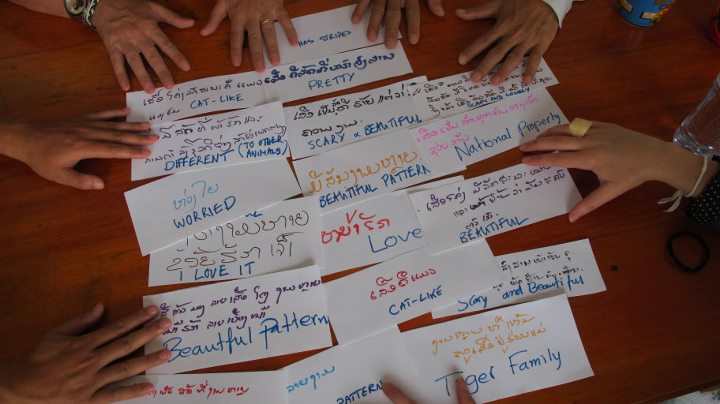
What are social norms and why are they important? Social norms are widely shared practices, attitudes, or beliefs within a culture or community that influence how people behave. They’re so ingrained in society that you may not even realize that they are influencing your actions and beliefs. Social norms in themselves are not necessarily harmful. BUT—harmful social norms reinforce unhealthy behaviors, beliefs, and practices that have a profound impact on gender equality, health, social justice, and the environment.
So, what can you do to change harmful social norms? PCI Media, a social and behavior change communications nonprofit, has worked to change social norms in over 70 countries. Here is what we’ve learned:
Find out the underlying knowledge, attitudes, and beliefs held within individuals and communities that drive harmful attitudes and behaviors.
And reflect on your own biases and preconceptions. Do you really know and understand the drivers of the issue, or are you making assumptions based on your own beliefs?
To truly understand and change harmful social norms, you need to hear from people within the community who are already doing things differently and/or are entrenched in the issue.
You need authentic co-creation to resonate with the community in which the change needs to take place. The Coalition has to be able to effect change on multiple levels of society. Individuals cannot sustain change on their own. They need to be supported by their broader community networks for change to last.
Be willing to work with “imperfect partners.” You can’t be a purist — you need to deal with people, organizations, and other entities that have different priorities and perspectives from yourself or others in the coalition. For change to happen, you need buy-in from a range of stakeholders. Co-creation is a great avenue to get others invested in your movement!
Make room for growth among coalition partners rather than insisting on partners’ “correctness.” Everyone in the process has to learn something different about the way they work to get to the place we all want to get to.
While it may be uncomfortable engaging in conversations with people who challenge your point of view, it’s an indispensable step in the process.
Facts are useful for understanding the context but don’t inspire change. Empathy and imagination are the real drivers of change. Stories drive discussions, and conversation drives behavior change.
Inspire a solution with positive messages. Positive messaging evokes positive emotions, which draw people toward desired outcomes.
The authenticity of local community advocates speaks volumes.
Even if you think you have the “perfect” message, keep listening to what your audience is saying. Your message may get lost in practice, and it’s important to recognize when this happens and course correct.
Just because services exist doesn’t mean people know about them. Figure out the best way to communicate what services are available for the communities you’re trying to reach.
If services aren’t available, shifting social norms can help increase demand, making more essential services available.


Recent Comments